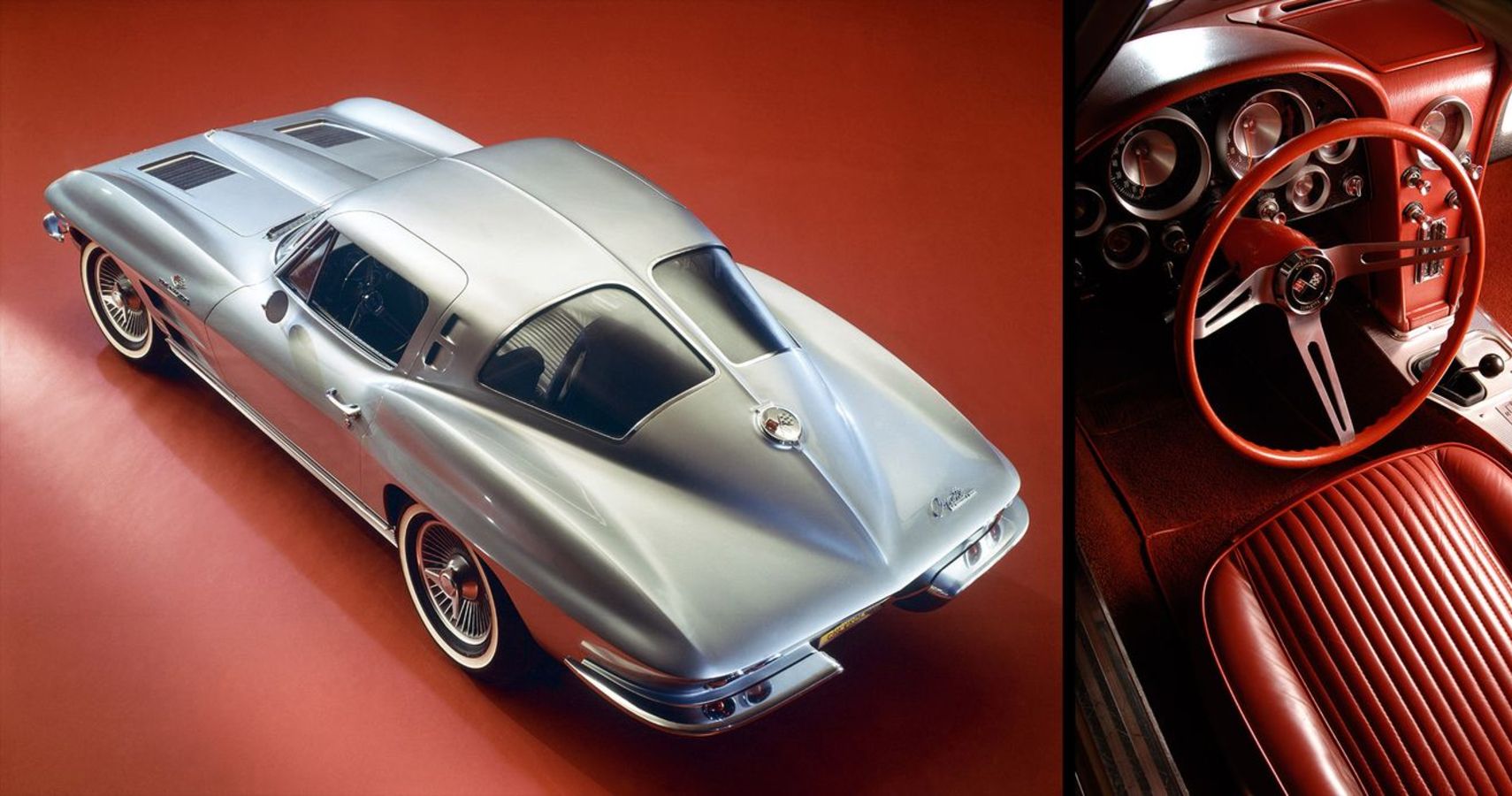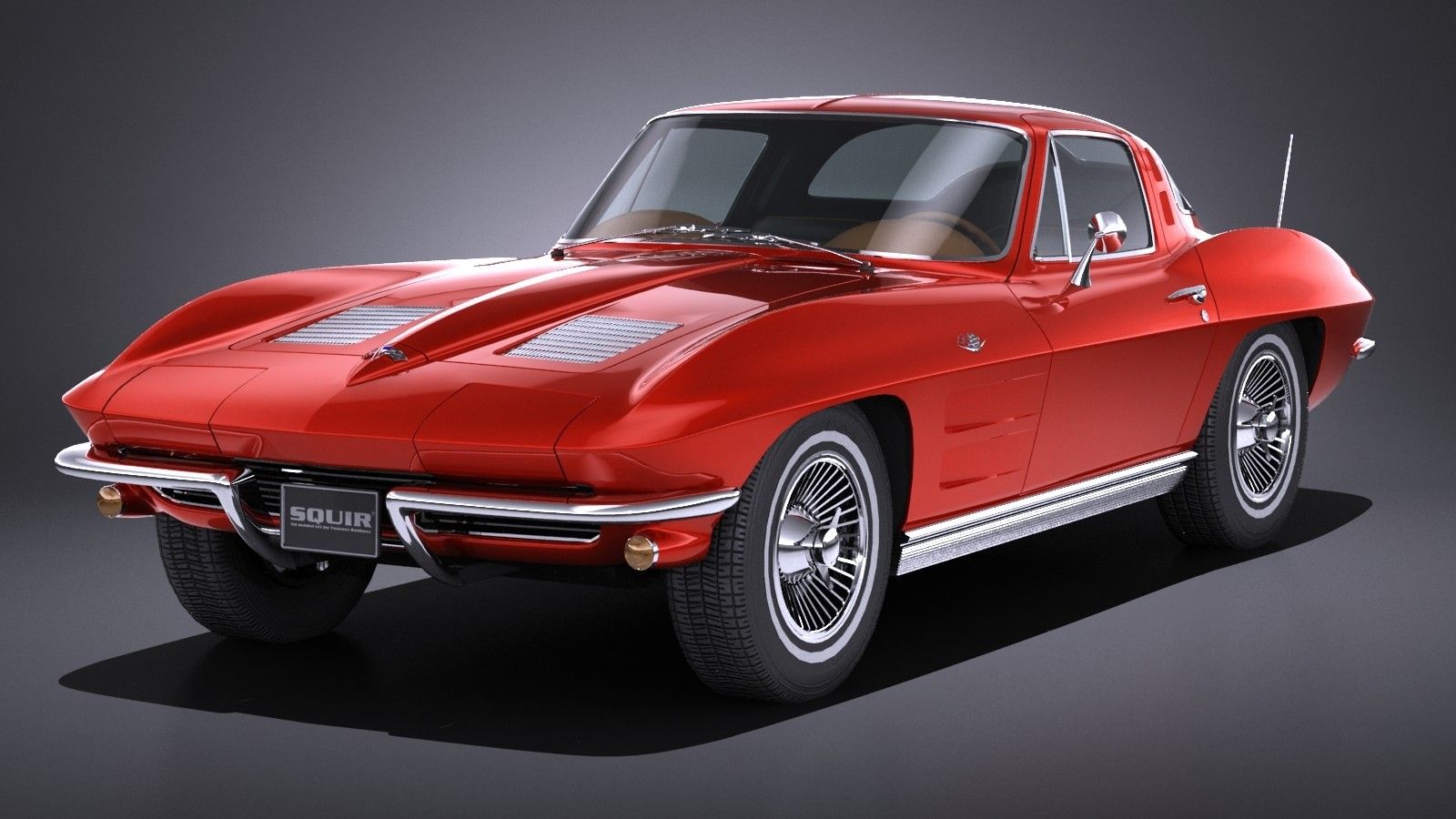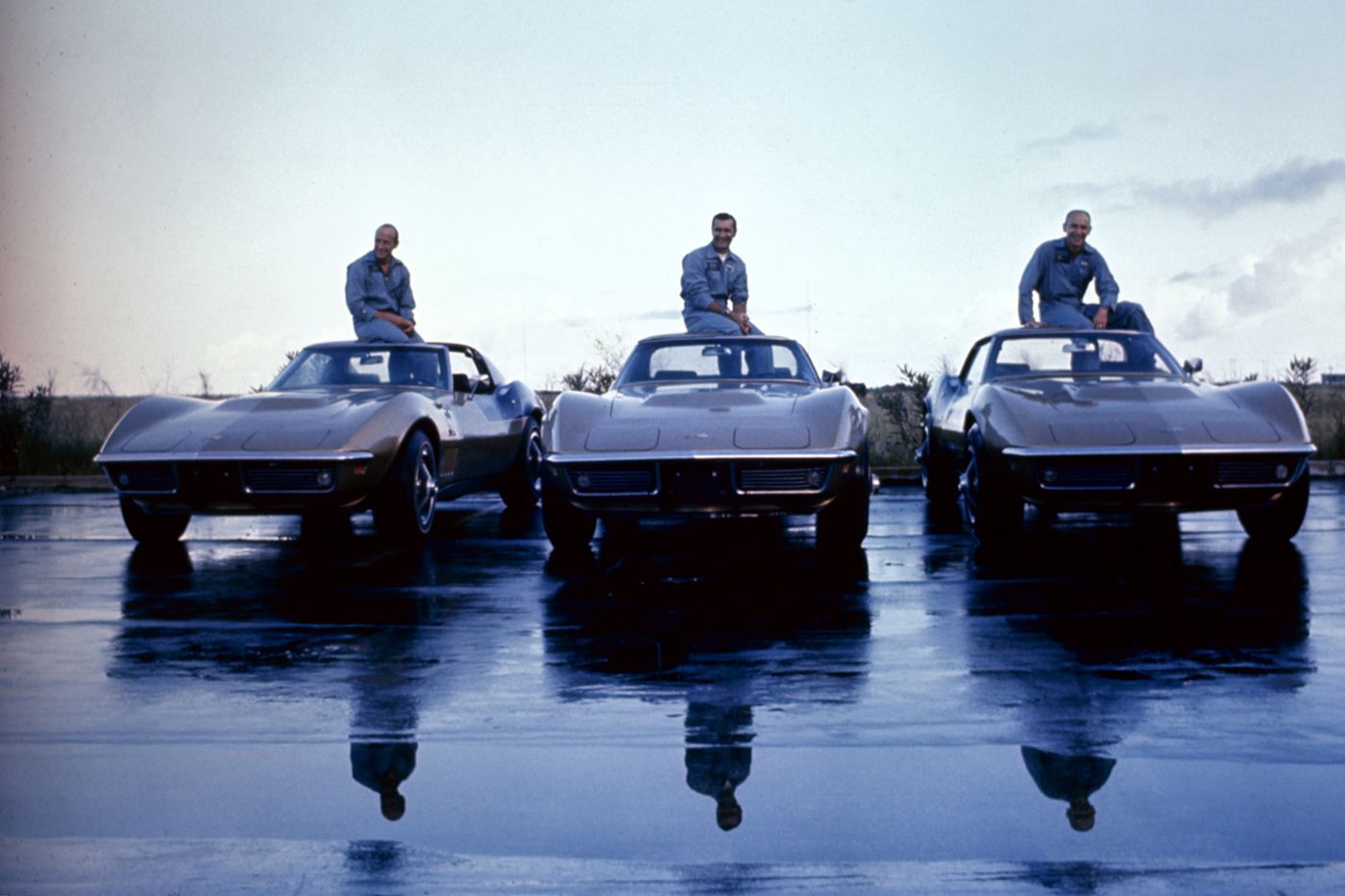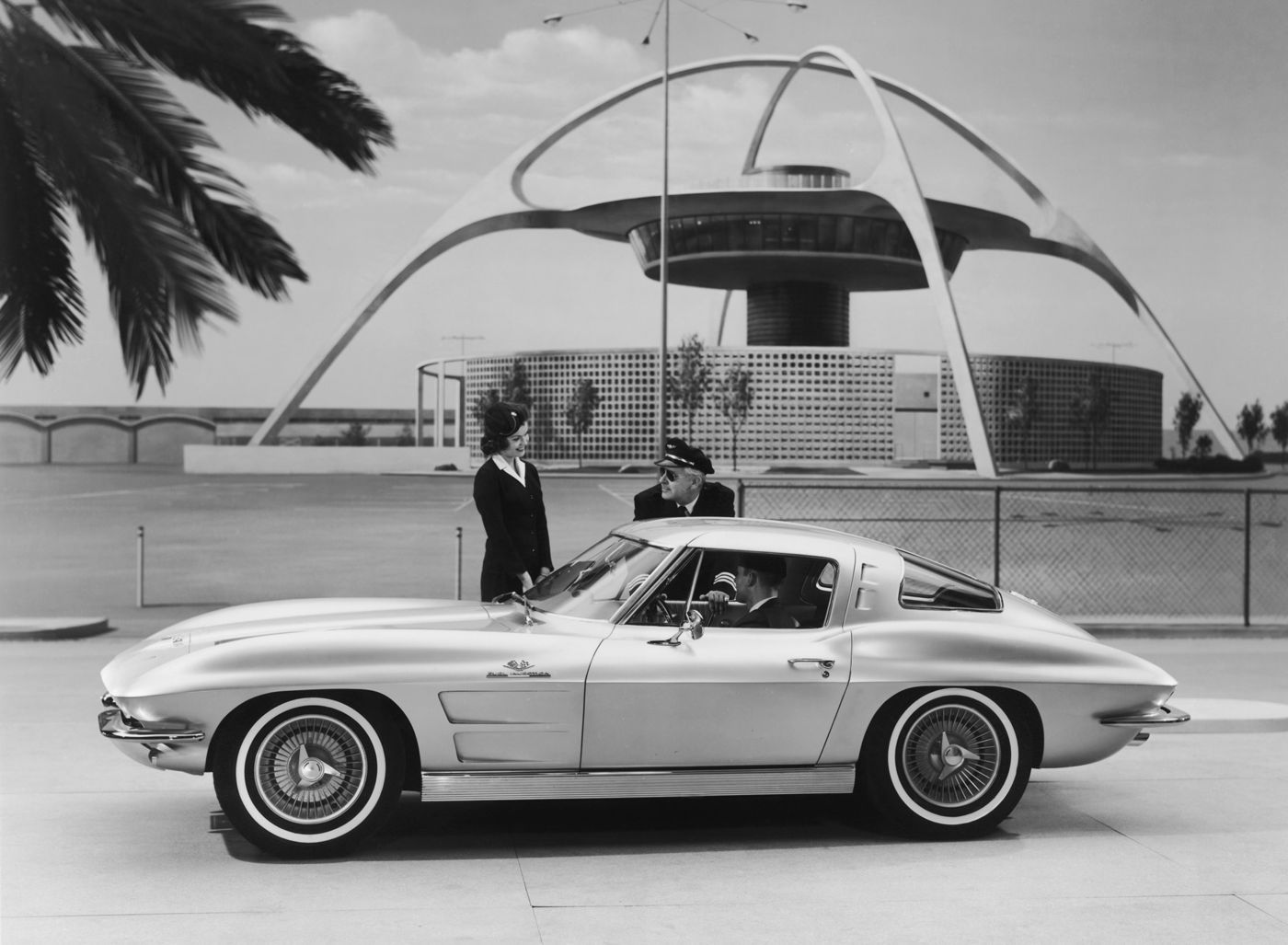Chevrolet Corvette is one of the most iconic American muscle cars. Built with pride in America the Corvette holds a great history of development behind the wheel that makes it one of the greatest in automobile history. Corvettes are known for their high horses, slick lines, and sporty looks.
The evolution of the Corvette started as a concept car to bring in a 2-door sports car that the Europeans had but the US didn't. The first-generation Corvette, the Z1, was first introduced in a show car for the 1953 General Motors Motorama, and the car generated enough interest to induce GM to make a production version to sell to the public. The first production was on June 30, 1953. The car featured an inline-six engine, which failed as the car was not responsive and did not give the feeling of a 2-door sports car.
That was until Chevy released the second-generation Corvette, the C2 Sting Ray, which still remains the best American design of coupes.
1963: The Introduction Of The New Corvette Sting Ray Coupé
In 1963 the new Chevy Corvette C2 Sting Ray was first introduced. The car was distinctive with its split rear window, (which later on changed to a full-view window) and fake hood vents. Due to the poor handling and stiff suspension of the first-generation Corvette, the second-gen Sting Ray Coupe featured independent rear suspension, the first generation inline headlights were replaced by pop-up headlights, and the car was made smaller and more sporty.
The 1963 Chevy Corvette Sting Ray sold 50% more than the previous year's model. With around 20,000 cars hitting the road the Sting Ray was a success. The car featured a fiberglass body structure, making the car much lighter and cheaper to produce, and the V8 engine could produce 500 Hp. The man behind the second-generation Corvette was Zora Arkus-Duntov, who always dreamed of making the C2 Corvette a mid-engine car, but unsuccessfully, he was never able to do so.
However, the C2 Corvette is the first Chevy coupe to hold the name Sting Ray, and with generations passing over, we now have the C8 mid-engine Chevrolet Corvette which made a huge impression in the automotive world when it arrived in 2019. All 1963 Sting Rays are distinctive from the split rear windows as mentioned above, they all carry a 327 cu-inch engine V8 producing anywhere between 270HP up to 360HP with fuel injection, a non-popular system for the time where carburetors were popular. This engine was paired with a 4-speed transmission and the car was able to race from 0-60 MPH in 5.8 seconds.
Fun Fact: The Apollo 12 astronauts Charles "Pete" Conrad Jr., Richard Francis Gordon Jr., and Alan LaVern Bean were owners of the C2 Sting Rays.
More Special Features Of The C2 Sting Ray
The 1963 Corvette Sting Ray introduced features that none of the existing cars of the time had. The introduction of a fuel-injected system made the car faster, however mechanics of the time could not quite understand the way electronic fuel-injected systems worked so most of the C2 Sting Rays were swapped to a conventional carburetor. Furthermore, the car featured drum brakes all around. Also, the suspension was independent in the rear, an innovation from Chevy called swing-way axle. The C2 Corvette is not only the first Corvette to hold the Sting Ray badge, it is the first American pony car, followed by the Mustang in 1964.
Fun Fact: The C2 Corvette also inspired other car brands to build a pony car, one being the Jaguar E-type.
The interior of the 1963 Chevy Corvette is also a masterpiece of design. All the instrument clusters are old-fashioned, and the radio is vertically integrated into the center console. What's special about the instrument clusters is the way they operate, by mechanically pulling or pushing the clusters to engage the specific function. The handbrakes are classic-push-pull, as Jay Leno described them like the ones featured on the old Bell-Airs and Impalas. The pop-up headlights would, later on, require alignment and re-greasing but that is what we would expect from a 60-year-old car.
To wrap it up, the release of the 1963 Chevy Corvette was a great success, the long hood and sexy rear-end made the car one of the most exciting vehicles you could see at the time. It was better looking than the Ferraris of the time and it inspired a whole new trend of American Pony cars. Today it remains one of the greatest American cars built in America, for Americans, and it still brings the same excitement it once brought the first day it rolled out of Detroit.




